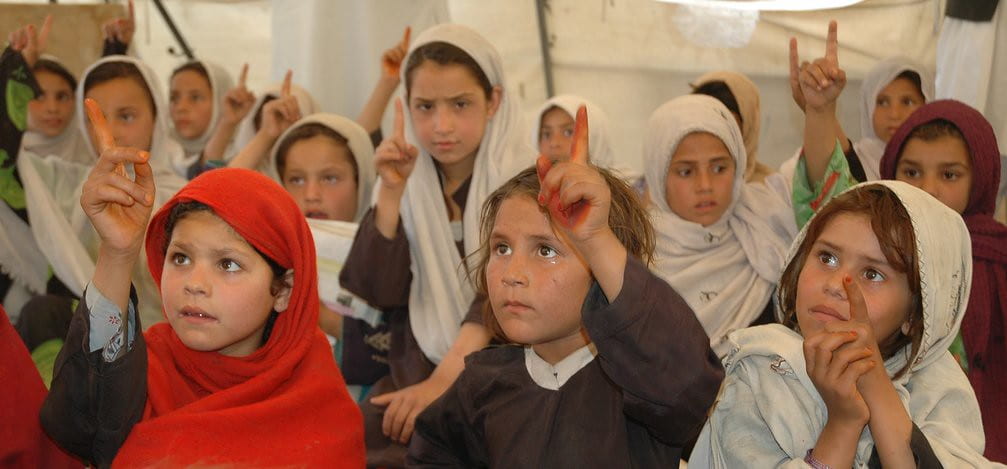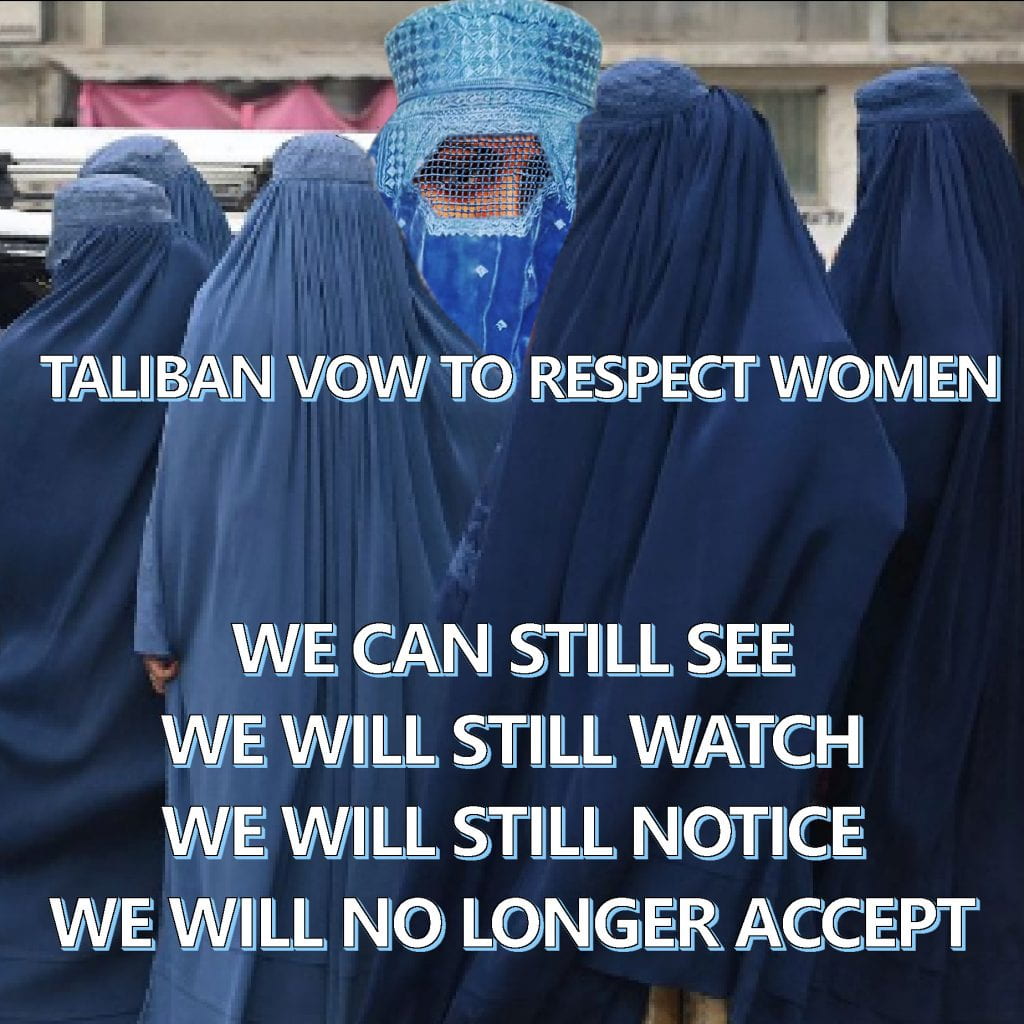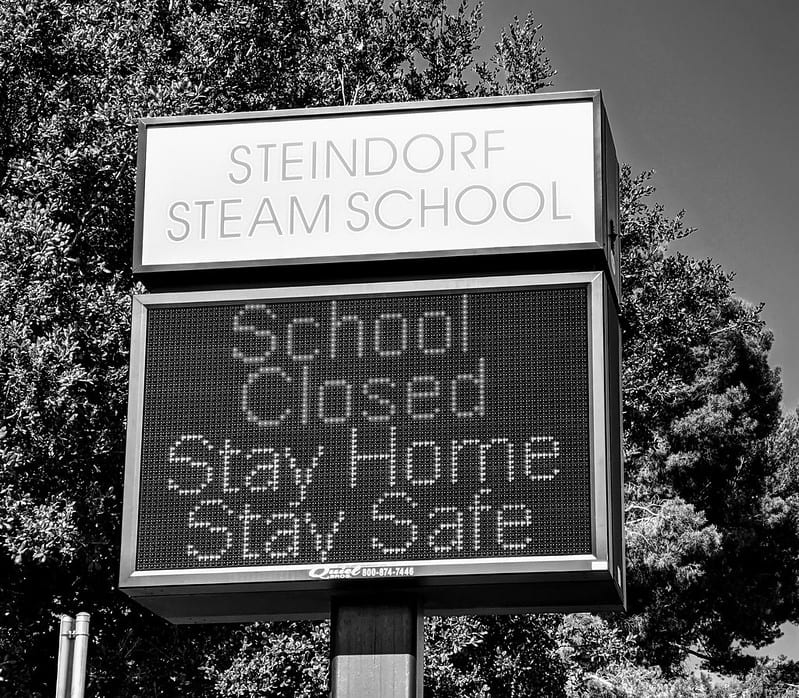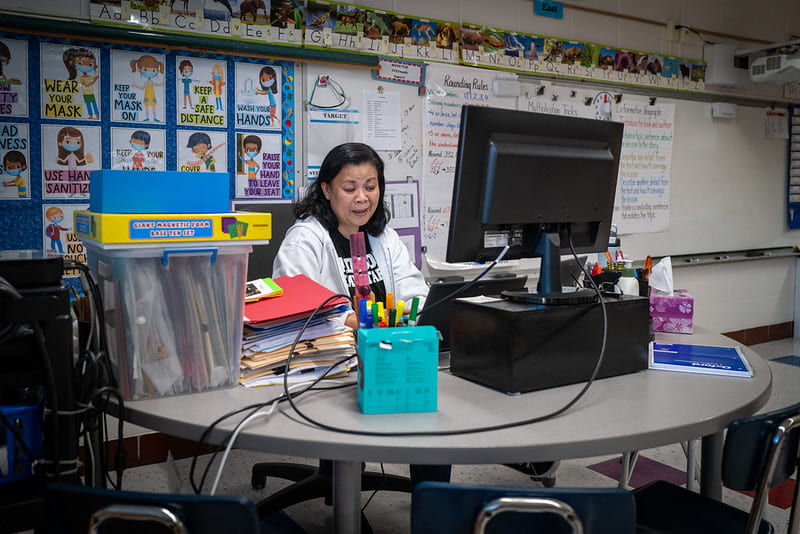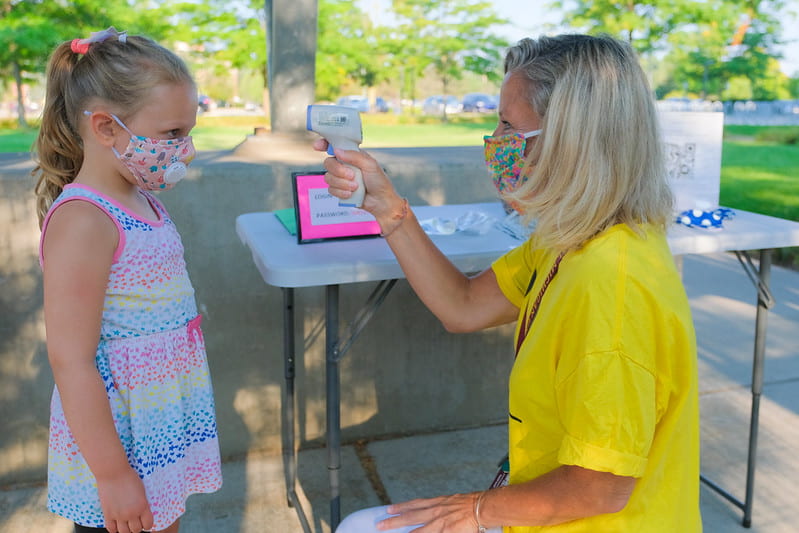My mother is the youngest of 5 Indian daughters, all of whom are PhDs, professors, researchers, and educators. My grandfather, a lawyer, raised her, and like clockwork, he repeated that knowledge is akin to clay, a necessary foundation for anyone’s house of decisions, thoughts, ideologies, and actions. Because of this, nothing was more important than my education and, later, my brother’s education.
The right to knowledge that my upbringing revolved around is synonymous with the right to choose, the freedom of expression, and the right to read – all rights outlined directly or indirectly in the United States Constitution and subsequent Supreme Court decisions justified by the First Amendment.
Despite the First Amendment’s protection, book bans in schools are threatening this right to knowledge for students. Within the last 2 years, books of all literary and historical acclaim, including modern literature, have been banned at an unprecedented rate in an alarmingly organized manner in public school districts.
When people lose their right to this knowledge and succumb to political pressure, it will be a day in history representing humanity losing its most powerful tool to stand up for justice.

History of Book Bans
Book bans are a form of censorship that allows institutions to remove texts from classrooms, libraries, or bookstores because they disagree with the texts’ content. American history, let alone world history, has demonstrated that literary censorship aims to suppress equity movements as a powerful method of ostracizing minorities.
Like all examples of institutional limitations, the most influential books, which have the potential to cause revolutions, are also the most restricted. Uncle Tom’s Cabin by Harriet Beecher Stowe was banned in the Southern United States in 1852 and is traced back as the first example of a book ban. Stowe, a ferocious abolitionist in the North, wrote this book prior to the Civil War to rally abolitionists and swing individuals against the South’s slavery. Since the Constitution was written, Northerners decried the South’s defense of slavery. Uncle Tom’s Cabin was a powerful tool that amplified the voices of abolitionists across the country; they believed that slavery was a legal injustice in the Constitution that needed to be removed. Plantation owners, however, were able to pull strings and remove the book from circulation in the South, fearing the loss of economic and racial security that slavery gave them.
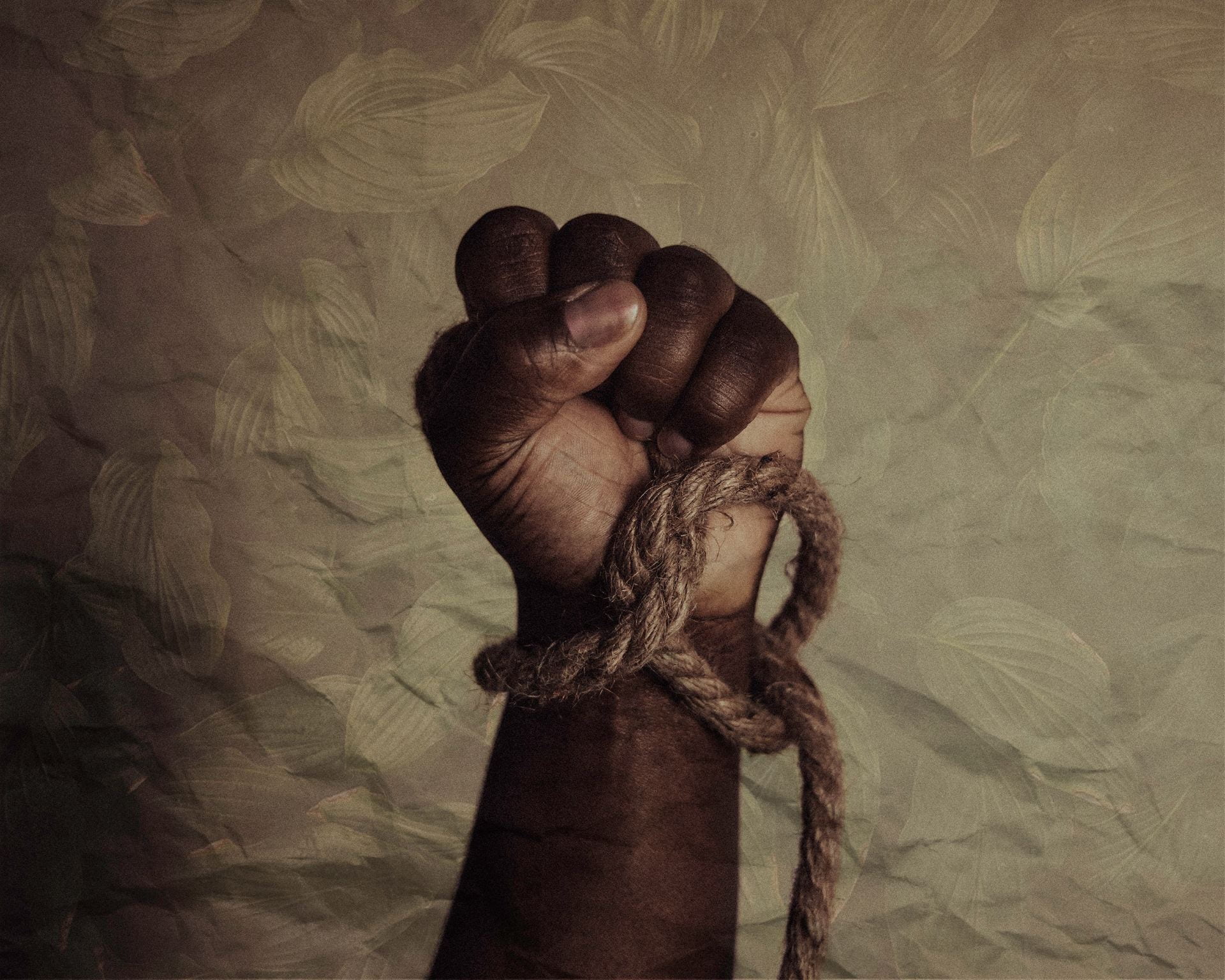
One of the first instances of controlling students’ access to books was after the Civil War. The Southern United States restricted access to textbooks that painted the South’s intentions and actions poorly amid the Civil War. An advocacy group in the South referred to as The United Daughters of the Confederacy felt that the control of what information their children were learning during school was beholden to the rights of parents. In 1954, they removed The Rabbits’ Wedding, a novel centered around a black rabbit marrying a white rabbit. They feared it would normalize interracial marriages, a taboo act at the time.
In direct opposition to school censorship, the Supreme Court ruled that school boards “cannot remove books from school libraries just because they dislike the ideas contained in those books” in the landmark 1982 Island Trees Union Free School District v. Pico case. The Island Trees Union Free School district removed titles it deemed “anti-American, anti-Christian, anti-Semitic, and just plain filthy.” In conjunction, the Supreme Court also ruled that students retained their First Amendment rights to the freedom of speech and expression in school in the Tinker v. Des Moines case. If we follow the court, censorship is illegal in the U.S.
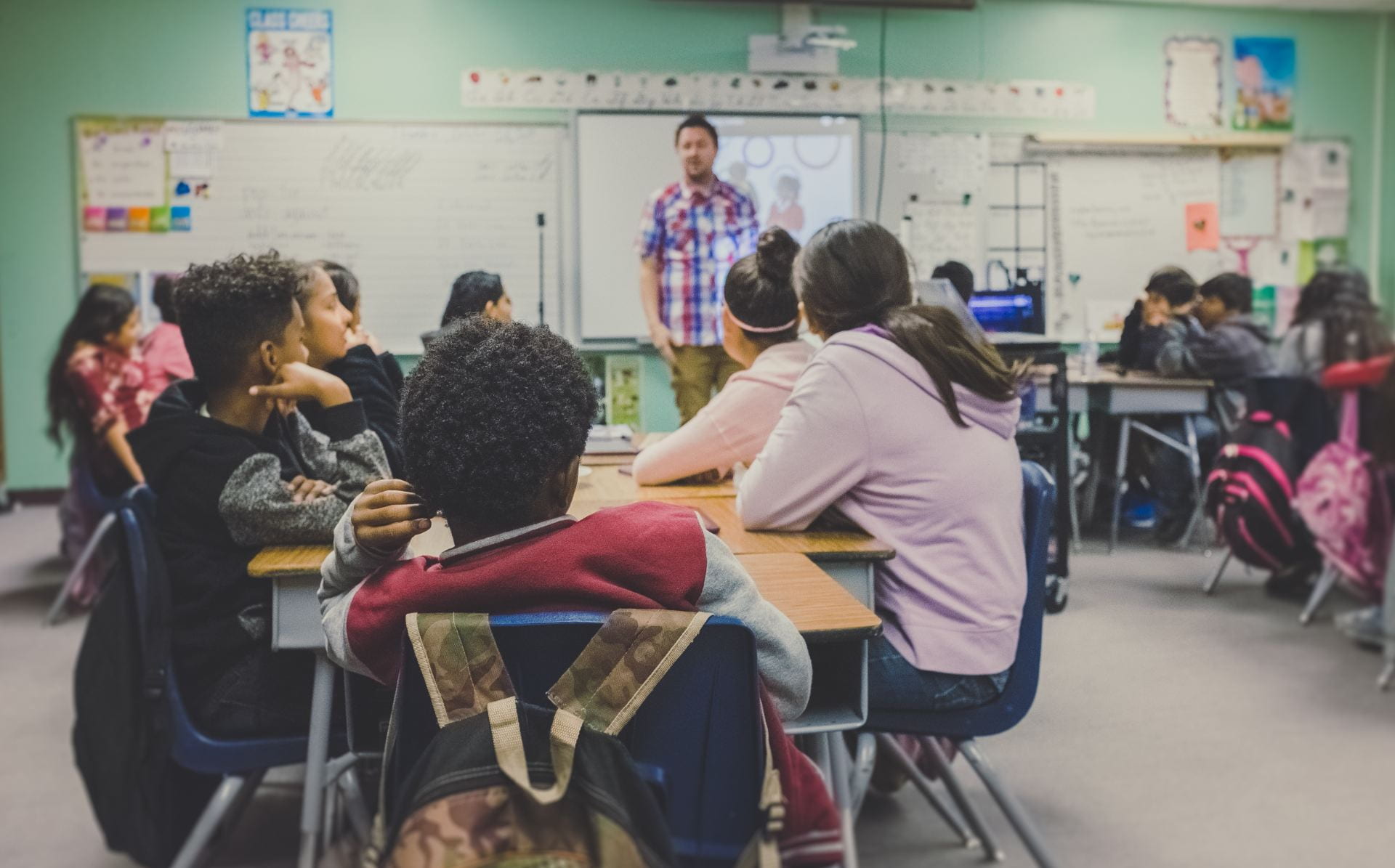
Current Statistics on Book Bans
PEN America, a non-profit dedicated to protecting freedom of expression, keeps a running record of books removed from school libraries, reading lists, or public libraries in each school district. Every year, to honor the lessons and values of the diverse perspectives in these books, the United States celebrates Banned Books Week. This year, held during the week of September 12th, PEN America released startling statistics detailing the exponential increase of banned books in a record-setting number of school districts.
Over 1600 books have been banned nationwide. Most of them are fiction and illustrate the lives of the LGBTQ+ community and people of color. In the past, book bans originated from a small scattering of parents making personal requests to remove a few books from circulation or restrict their children from reading them. Today, the opposition is still a minority, but they are organized with structured advocacy groups taking center stage at school board meetings demanding specific books to be removed from circulation. Some of the most banned books, like The Hate U Give by Angie Thomas, is a novel centered around a black teen who witnesses her black friend get shot by a white police officer. Another is The Absolutely True Diary of a Part-Time Indian by Sherman Alexie, which discusses the life of a Native-American teenager aspiring to be a cartoonist in an all-white school. Essentially, the most targeted books discuss life outside the white picket fence of middle-class white suburbia.
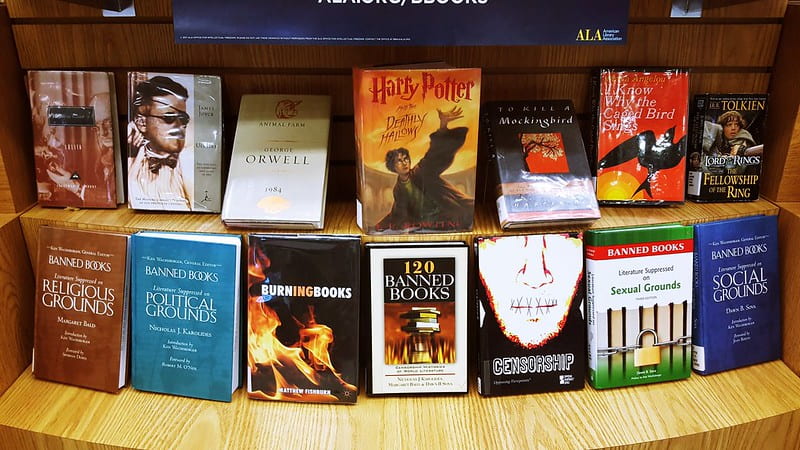
What do supporters of book bans hope to achieve?
Ellen Hopkins, the author of the Young Adult poetry verse book Crank, is one of the most banned authors in the United States. She feels that parental rights and concern for children’s safety are a smokescreen behind anti-book advocacy groups’ motivation. Hopkins implores that books provide kids with the opportunity to solace in information about their identity and find consolation that they are not alone. They also prepare children for life in the real world by exposing them to situations they might otherwise encounter. Thus, books are a tool for the development of holistic decision-making skills. Removing these opportunities leaves kids with little chance to make better decisions when confronted with situations they are not familiar with. If the child is BIPOC or queer, removing books that have become championed narratives from the respective community isolates them and invalidates their experiences.
Parents often find these books on lists circulating online and present them to their children’s school districts claiming there is offensive or inappropriate content that compromises their children’s innocence. PEN America has found that parents who appear at the board of education meetings en masse and are armed with arbitrary lists of books have rarely even read the books to understand their significance. Descriptions of “obscenity” are affixed to titles as a fearmongering tactic to cultivate reprobatory characterizations of these books as they quickly make their way through advocacy groups’ websites and Facebook to radicalize those that come in contact with these types of posts. Such inflammatory language, which is not considered legally acceptable, elevates a small minority of individuals into a vocal majority to force school boards to comply.
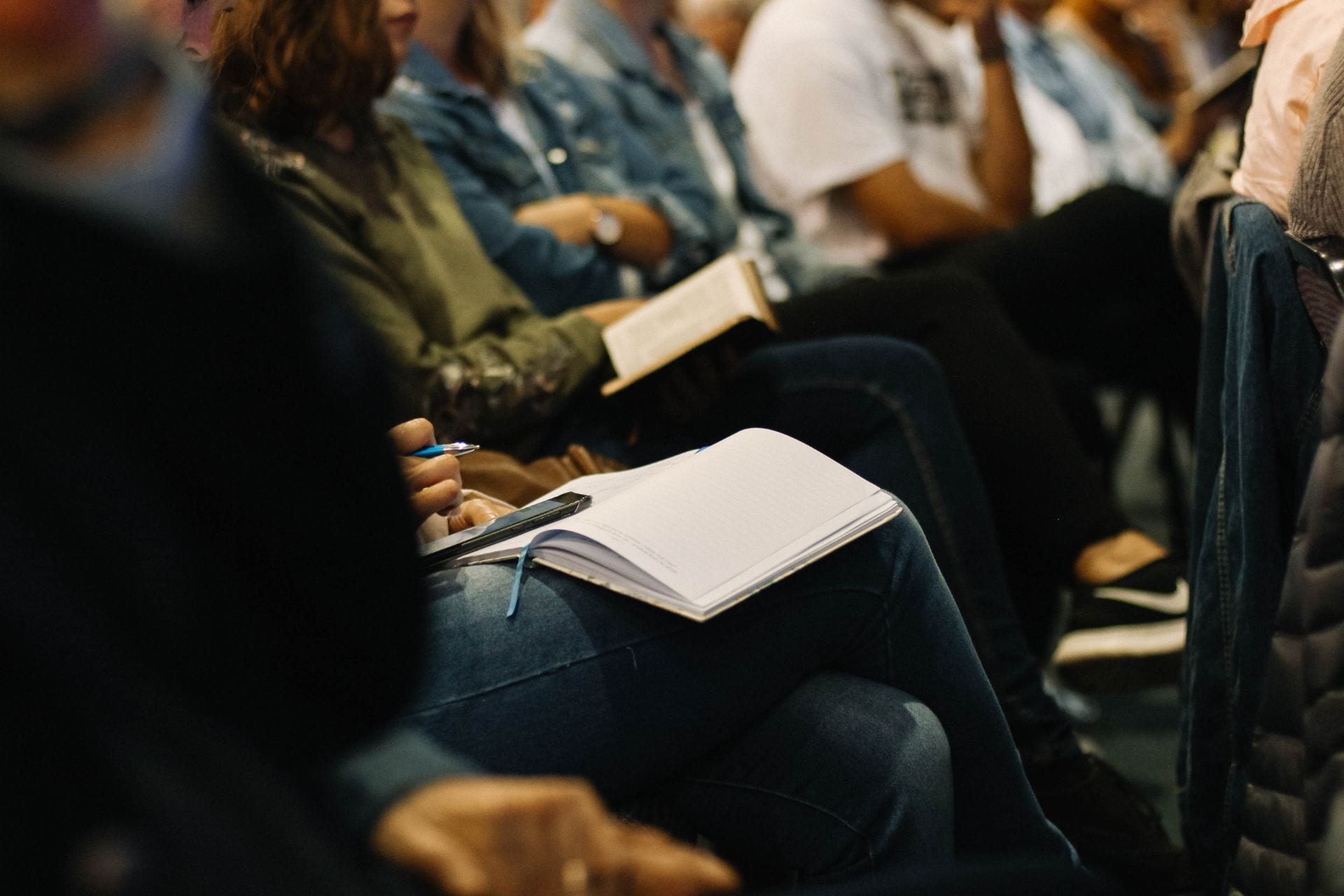
Solutions to Book Bans
Banned Books Week stands as a beacon of hope against the dark wave of censorship. This week celebrates suppressed voices in literature and amplifies authors’ messages through community outreach, and fosters national collaborations. However, progress is made in consistent steps, not leaps.
On a smaller scale, there are many tools you can use in your community to combat literary censorship. Community members, feed off each other’s ideologies, and to mellow the extreme views of this vocal minority, the first step is to provide outlets for conversation. The vocal minority advocating for book bans can be confronted and overcome when faced with the majority opposed to them or their thinking. You can make your presence felt at school board meetings. Show up and voice your opinion and advocate for others to do so over social media. Vote for your local boards of education, library boards, and city council elections. If you want to, run for these board positions yourself or directly appeal or lobby your legislative representatives and defend the importance of all content in books. Unite Against Book Bans also provides communities with toolkits that include essential questions and moderate answers that consider the argument of parental rights while protecting the First Amendment.
In all, I am grateful for the circumspection that my mother and my family’s push for education provided me with. Not only hard skills, but also the ability to think for myself, to derive my own opinions, and to be mindful of how I act and react to new information. My freedom to read and speak gave me a powerful voice that must be available and fostered in everyone.

